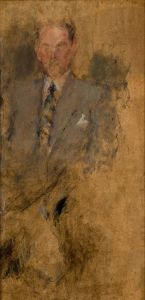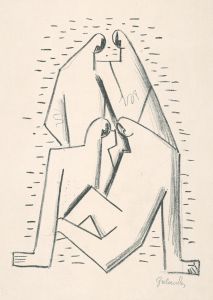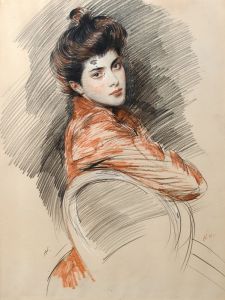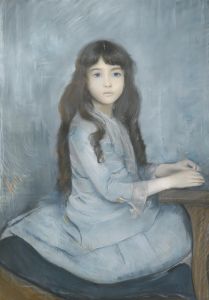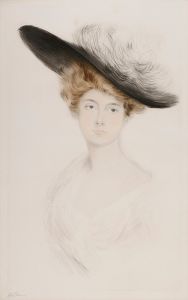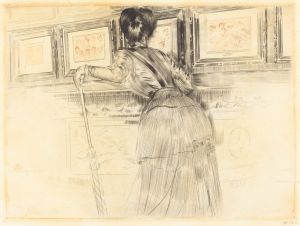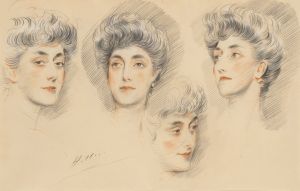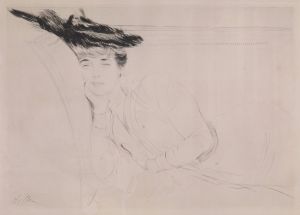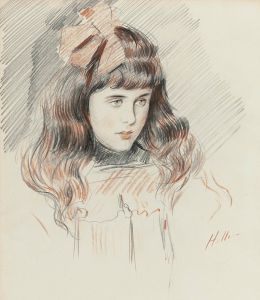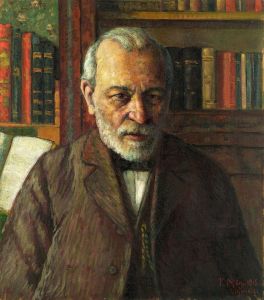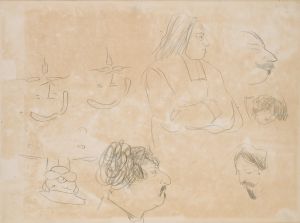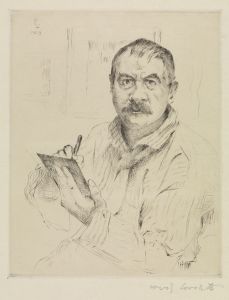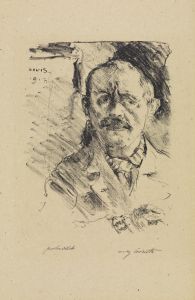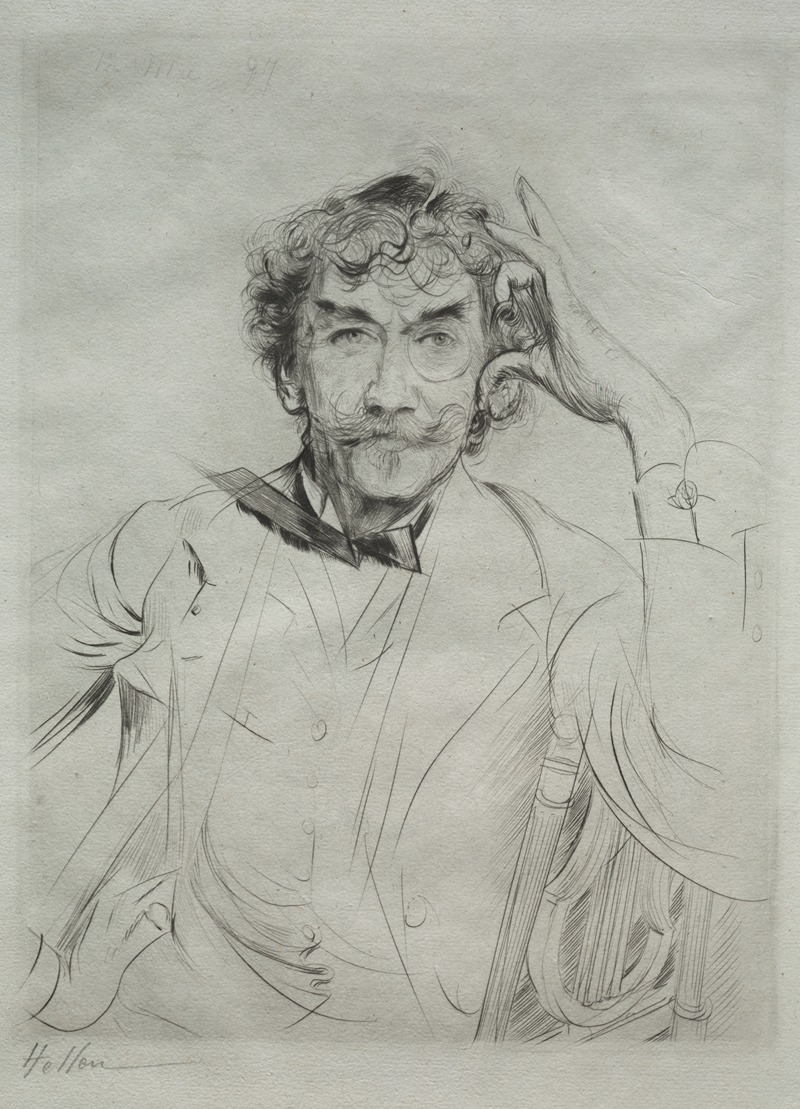
James MacNeill Whistler
A hand-painted replica of Paul César Helleu’s masterpiece James MacNeill Whistler, meticulously crafted by professional artists to capture the true essence of the original. Each piece is created with museum-quality canvas and rare mineral pigments, carefully painted by experienced artists with delicate brushstrokes and rich, layered colors to perfectly recreate the texture of the original artwork. Unlike machine-printed reproductions, this hand-painted version brings the painting to life, infused with the artist’s emotions and skill in every stroke. Whether for personal collection or home decoration, it instantly elevates the artistic atmosphere of any space.
Paul César Helleu was a French artist known for his elegant portraits and depictions of fashionable society during the late 19th and early 20th centuries. Among his works is a portrait of James Abbott McNeill Whistler, an American artist who was a prominent figure in the art world during the same period. Whistler is best known for his paintings and etchings, as well as his influence on the Aesthetic Movement, which emphasized beauty and visual harmony over narrative content in art.
The portrait of James McNeill Whistler by Paul César Helleu captures the essence of Whistler's character and his distinctive style. Helleu, who was known for his skill in drypoint etching and his ability to convey the elegance and sophistication of his subjects, likely chose Whistler as a subject due to Whistler's significant impact on the art world and his charismatic personality.
James McNeill Whistler was born in 1834 in Lowell, Massachusetts, and spent much of his career in Europe, particularly in London and Paris. He was known for his innovative approach to art, often focusing on the harmony of color and form rather than on realistic depictions. Whistler's most famous work, "Arrangement in Grey and Black No. 1," commonly known as "Whistler's Mother," exemplifies his approach to composition and tonal harmony.
Helleu's portrait of Whistler would have been created during a time when both artists were active in the vibrant art scenes of Paris and London. The two artists shared a mutual respect for each other's work, and Helleu's portrait likely reflects this admiration. Helleu's technique in drypoint etching allowed him to create delicate lines and subtle shading, capturing the refined and somewhat enigmatic presence of Whistler.
The portrait not only serves as a representation of Whistler but also as a testament to the interconnectedness of artists during this period. Both Whistler and Helleu were part of a larger network of artists who were pushing the boundaries of traditional art and exploring new styles and techniques. This period was marked by a shift towards modernism, with artists seeking to express their individual visions and challenge established norms.
Helleu's ability to capture the likeness and spirit of his subjects made him a sought-after portraitist among the elite of his time. His portraits often featured members of high society, including figures from the worlds of art, literature, and fashion. The portrait of Whistler fits within this context, highlighting Whistler's status as an influential and respected figure in the art community.
In summary, Paul César Helleu's portrait of James McNeill Whistler is a significant work that reflects the artistic and cultural milieu of the late 19th and early 20th centuries. It captures the essence of Whistler, an artist who played a crucial role in the development of modern art, and showcases Helleu's skill in portraying the elegance and sophistication of his subjects. The portrait stands as a testament to the mutual respect and admiration between two artists who were instrumental in shaping the art world of their time.





